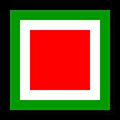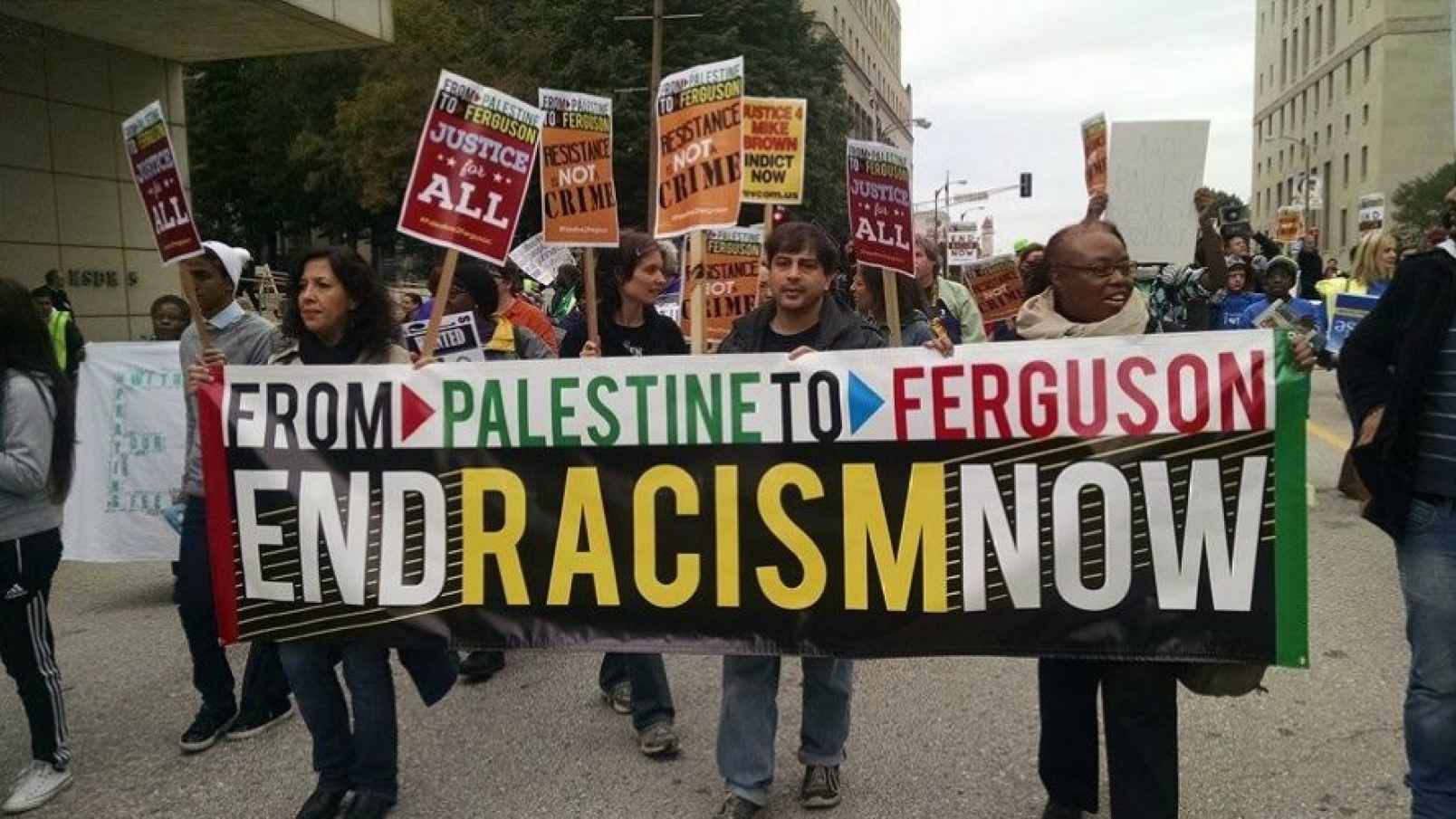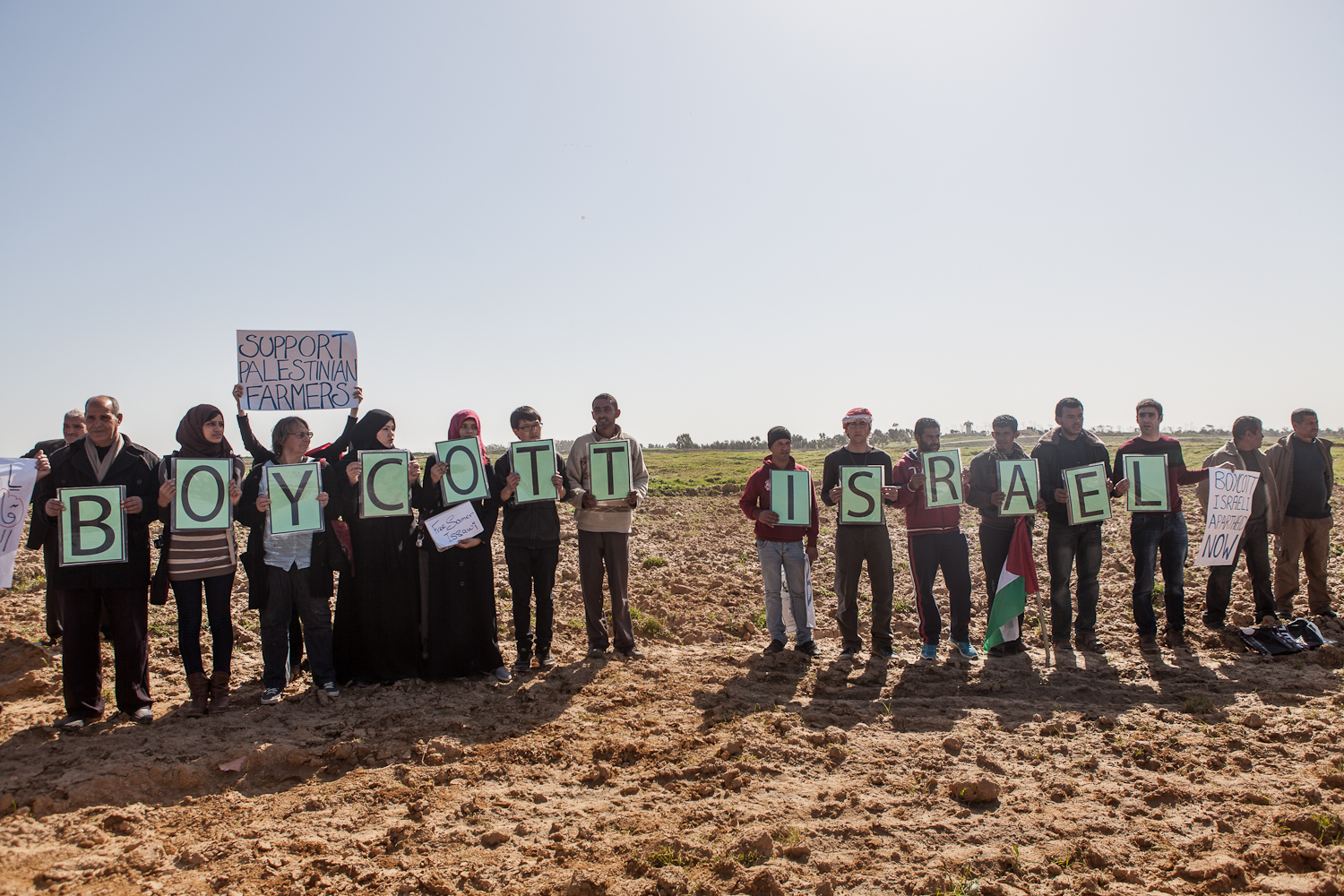Category: Press Releases
-
Call to action: Olive Harvest 2016
9th September 2016 | International Solidarity Movement | Ramallah, occupied Palestine At a time of increasing settler violence in the West Bank, the International Solidarity Movement is issuing an urgent call for volunteers to participate in the 2016 olive-harvest on the invitation of Palestinian communities. The olive tree, a national symbol for Palestinians, is an…
-
Letter of affirmation to Black Lives Matter
The world watches as Black and Brown bodies continue to be gunned down by a racialized, hyper-militarized US police force. And we are indignant. We affirm Palestinian solidarity with Black liberation and support their struggle for the swift and long absent application of justice against police officers who commit heinous, extrajudicial murders of Black people…
-
Statement concerning Israeli measures against activists
8th August 2016 | International Solidarity Movement The International Solidarity Movement is a Palestinian-led movement with a mandate to support Palestinian nonviolent popular resistance to Israeli military occupation and apartheid. Palestinian-led nonviolent resistance includes the Palestinian call for Boycott, Divestment and Sanctions of Israel, until it adheres to its obligations under international law. ISM volunteers…



